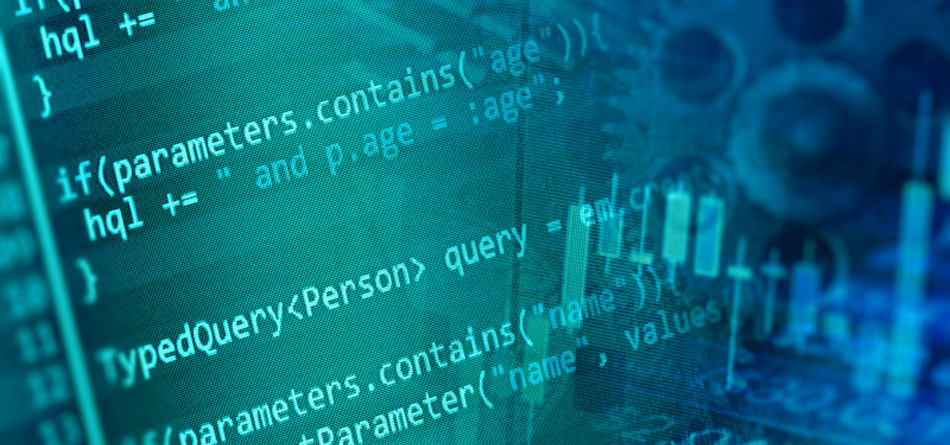As complexity in derivatives market structure increases, algorithmic trading is becoming a fixture within both buy- and sell-side trading.
“Algos are here to stay -- they're being used a lot more than they used to in the past,” said Yuriy Shterk, head of derivatives product management at Fidessa.
Futures Commission Merchants and their buy-side clients are deploying a wide variety of algorithms beyond the basic Volume-Weighted Average Price (VWAP) and Time-Weighted Average Price (TWAP) that were borrowed from other asset classes.
“Algos themselves are becoming more sophisticated," Shterk said. "People are no longer satisfied with algorithms that were created for equities or FX, which were just ported over to derivatives. There are now algos that are being developed specifically for the futures market. They're working very well.”
These include automation algorithms that remove the need to manually monitor the market, along with those designed to track and hit newer and more relevant performance benchmarks, Shterk said in a report.
The demand for these types of algos will continue to increase as volatility returns to the markets and electronic trading volumes risk. As the market becomes more complex, it is nearly impossible for humans to fulfill all of these requirements manually.
The need for compliance and system safeguards goes hand in hand with the use of algorithms. The U.S. Commodity Futures Trading Commission in 2013 issued a concept release on “Risk Controls and System Safeguards for Automated Trading Environments,” in which it touched on a number of issues such as high-frequency trading.
The Futures Industry Association, in response to the concept release, said that instead of adopting a formal definition of high-frequency trading, the Commission’s efforts would be better spent focusing on and addressing potential risks of automated trading generally.
“The FIA at this point has a working group, with a number of subgroups, where the best practices of automated trading development implementation deployment and monitoring are being discussed,” said Shterk. “Firms that are going to be using automated trading systems or algo trading systems need to ensure that they don’t create issues for markets or individual traders.”
High-frequency trading strategies are too mixed together with abusive trading tactics, which is not the case, according to Shterk.
“I'm tired of hearing conversations about high-frequency trading, and how every algo that's being used is evil and the market is rigged,” he said. “High-frequency trading is just one of the types of algorithms that people are using, but there are plenty of other algos that are being used that are not related to high frequency.”
Featured image via iStock














